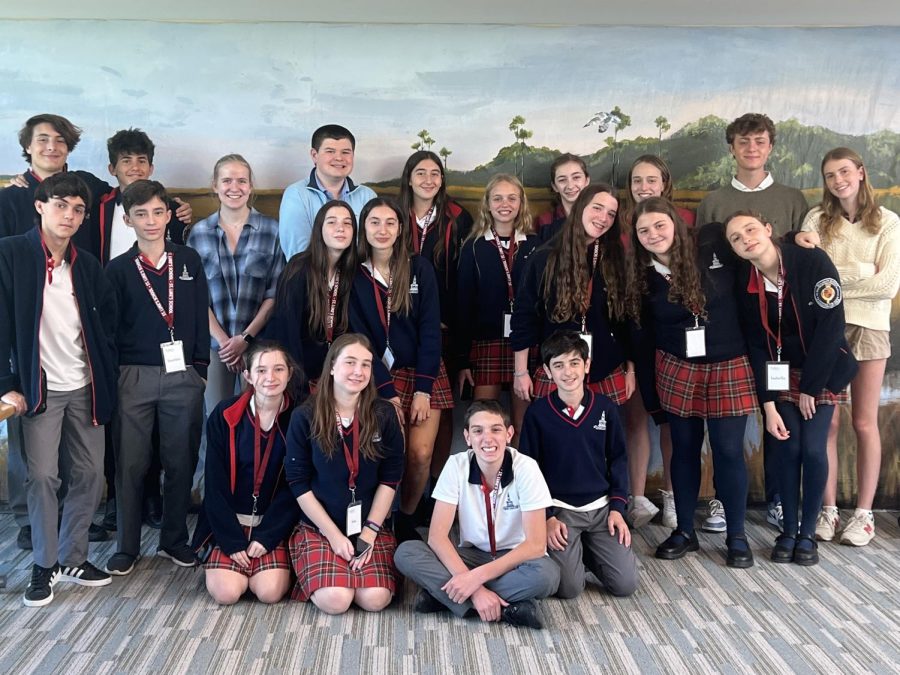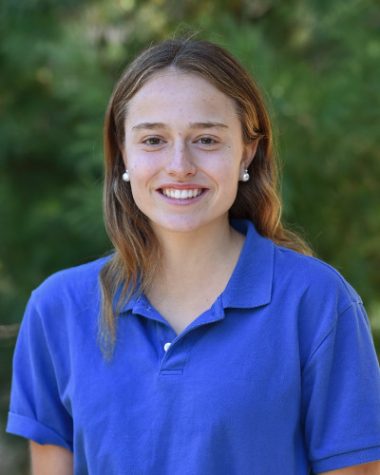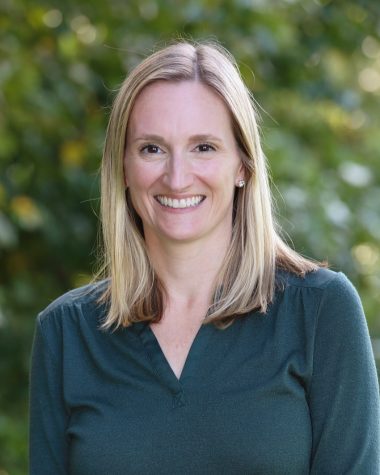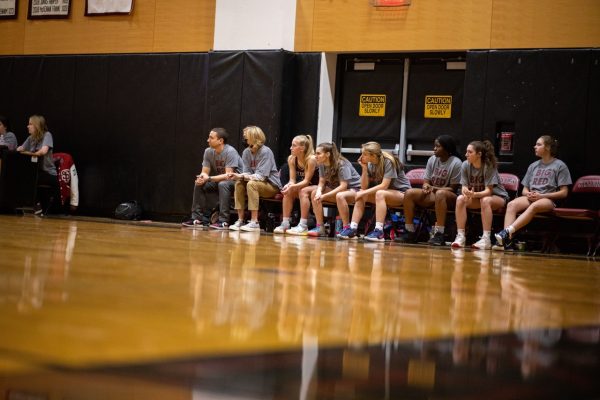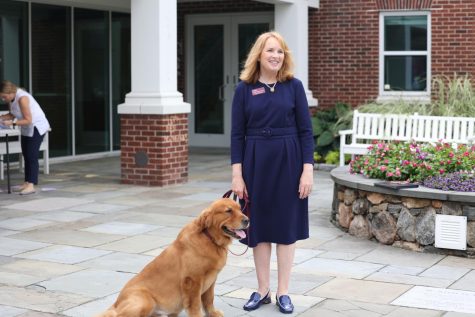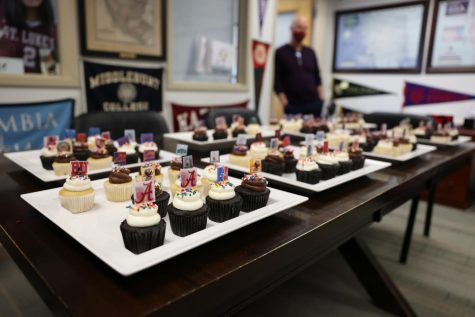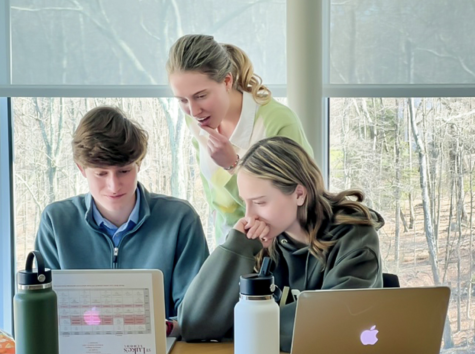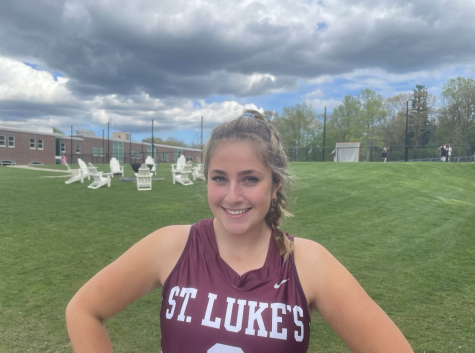Get to Know Our Argentinian Visitors!
May 9, 2023
In April, Argentinian students currently enrolled at St. Martin in the Fields School arrived at St. Luke’s for a two-week stay. Based in Buenos Aires, the St. Martin students came to the United States with a different cultural, educational, and social perspective.
Eager to learn more about our new visitors, Sentinaliens paired up with the St. Martin students and conducted interviews, beginning what we hope is a new tradition.
The 5,344 mile journey from Buenos Aires to Connecticut is long. And yet, 15 St. Martin students went through a rigorous application process to arrive at this destination. What motivated the St. Martin students to participate in an exchange program?
Teo Djismedjian said, “I came because your daily routine is different from ours. It’s a different culture, different people, different manners, that I would like to know.”
Similarly, Paz Dagum wanted “to get to know the world a little better.”
Often, people tend to shy away from places or activities that feel foreign. However, the St. Martin students used the novel, unfamiliar aspects of America as the impetus to step outside their comfort zone. Ana Rodriguez Magdalena said, “I didn’t have any concerns, just excitement.”
During the interviews, the Argentinian students revealed how St. Martin differs from St. Luke’s, expanding our perspective on life in Buenos Aires.
Interestingly, at St. Martin, students stay in one room for all their subjects and the teachers rotate. Dagum said, “We have the same classmates always.”
Additionally, the St. Martin students have a different schedule, in which the school day starts at 8 am and ends at 4:30 pm.
Ana Murazzi Urrutia said, “The day is longer for us, [but] they send us less homework.”
Amalia Stephanie Graham Lombardi continued, “In Argentina, it is very strange to have free periods. I think studying is more important here.”
Around 12:15, the St. Martin students have lunch. Instead of filtering into the cafeteria, most students go home to eat. While this may seem like quite a hike, Bautista De Abreu explained that their “school is in the middle of the city, so [they] all live a few blocks from school.”
Overall, the St. Martin students enjoyed their time on the Hilltop, commenting on the engaged and kind atmosphere.
Djismedjian said, “[The] teachers are very excited to teach the class, and [the] students, they’re happy [and] excited to know something new.”
Dagum added, “I like how friendly everyone is and how dedicated everyone is to sports.”
As Dagum raises, St. Luke’s and St. Martin vary in terms of the sports and classes offered.
At St. Martin, students learn three sports – field hockey, rugby, and football – during gym class, and there are no teams, games, or championships. And, St. Martin students have less autonomy when it comes to choosing classes.
Juanna said, “We have to learn English and Spanish, [whereas] here you have more options of language.”
Bautista added, “We have 14 subjects that we have to do – they are not optional.”
The global exchange program between St. Luke’s and St. Martin is so important because students from both schools can connect on a deeper level, create life-long friendships, and learn about a different culture and education system.
At first, I was nervous to interview the Argentinian students. I thought they might judge America, St. Luke’s, or me. As the interview progressed, however, I realized my worries were foolish.
The Argentinian students emphasized how excited they were to visit America and only spoke highly of St. Luke’s. What’s more, they appreciated many things I take for granted, like the opportunity to participate on sports teams, the range of languages offered, and the ability to choose your own classes.
At the same time, there are many aspects of St. Martin that I wish St. Luke’s would incorporate, such as going home to eat lunch with family and friends or receiving less homework. I wonder what the St. Martin students will begin to appreciate about their school that perhaps they’d taken for granted before visiting St. Luke’s.
In June of 2024, St. Luke’s students and faculty will have the chance to visit St. Martin. I encourage all the St. Luke’s students to channel the same enthusiasm and bravery that the St. Martin students had when setting off on their journey.



